Copyright © 2011, Steven E. Houchin. All rights reserved.
Recently, I attended a self-publishing workshop at a local bookstore. The presenters were
Bob Lanphear, a book designer, and Lorrie Harrison, an editing and publishing consultant.
Lorrie began by discussing the editing process your book should go through before self-publishing. 1) Self-proofreading to create a clean manuscript, 2) Peer review (critique) to make sure the story is viable, 3) Professional line editing.
She stressed that writers need to belong to a “tribe” of other writers and supporters, rather than write in isolation. One online proofreading tool that was mentioned is
ErrNET, which is purported to take as input your PDF-format manuscript and will spit out errors it finds.
Layout and Graphic Design
Bob discussed the options for self-publishing. You can use Internet print-on-demand (POD) options, such as Amazon’s
Create Space or
Lulu. You can try do-it-yourself layout and design with software such as Adobe Illustrator, Microsoft Publisher, or GIMP. There are self-publishing companies that print as many copies as you want to pay for with little editorial input. Or, you can partner with a local creative team (which is what Bob and Lorrie are).
A number of time-consuming steps are taken during the self-publishing timeline: assembling graphic input, cover design, interior page design, page layout, proofing and prep for printing, actual print production, development of an eBook, and book promotion.
A book cover isn’t about what the author likes, but what will attract the audience. He often has to challenge the author’s preconceptions about design and recommends he/she browse the bookstores to see the designs of similar works. People do judge by the cover. And, depending on the type of book, the page design can influence the reader’s experience and appeal to emotions. Good cover art can carry over to other promotional materials, such as the book’s web site, posters, blurbs, bookmarks, audio CD.
He listed a number of reasons why a book can fail:
- The book is unnecessary, already been done.
- Bad cover design.
- A lame title.
- No professional editing/proofreading.
- Thinking too small—not trying for large sales, give away too few review copies.
- Old fashioned promotion.
- Trying to do it all yourself rather than hire interns or professionals.
Marketing/Promotion
Lorrie talked about marketing your book. Ninety percent of a book’s success is author promotion. Two key things you must know before selling your book: 1) Why am I writing this book? 2) Who is my audience?
If you plan to use self-publishing to snag a traditional publisher, they will evaluate your book’s velocity—how many copies sold in 2 or 3 months. So, be prepared to create demand as soon as your book is published.
If your dream is to have your book on the shelf in Barnes and Noble or Borders, you will be working through a distributor. You will get paid when the distributor sells copies of your book to the retailer. But, any unsold copies can be returned after 12 months, and you have to return any money received for them.
Lorrie shared ideas for better ways to market the book:
- Your website should allow purchases. This way, you keep 100% of the profit. Make sure to buy the Internet domain name for your book’s title. A web site also establishes your brand as an author.
- Look at traditional, non-book retail catalogs who might be willing to carry your book (such as clothing retailers for a book about fashion). Knowing your audience helps identify these retailers.
- Contact independent bookstore managers to arrange readings, signings and to provide promotional materials like flyers.
- Give away lots of free copies, such as leaving in waiting rooms (doctor, dentist), or where people congregate. Same for promotional items like customized bookmarks.
- Make sure your marketing plan is organized in advance, before the book hits the streets.
Some books about marketing and promotion Lorrie recommends:
- “Dan Poynter’s Self-Publishing Manual: How to Write, Print and Sell Your Own Book” - Poynter.
- “1001 Ways to Market Your Books” - Kremer.
- “Jump Start Your Book Sales: A Money-Making Guide for Authors, Independent Publishers and Small Presses” - Ross.
- “Guerrilla Marketing for Writers : 100 Weapons to Help You Sell Your Work” - Levinson, Frishman, Larsen.
 In 1604, Robert Harvard turns to his friend Will Shakespeare, needing advice on just the right words to express his love for Katherine Rogers. Shakespeare conjures up a few phrases, such as “Shall I compare thee to a summer’s day?” Two years later, Will Shakespeare gives the couple a gift for their new son, John: a handwritten play named Love’s Labors Won, a companion to another play, Love’s Labors Lost. In 1625, when the plague is about to take Robert’s life, he tells his son “a man is known by his books”, and extracts a promise that John will cherish all of Robert’s books, especially Love’s Labors Lost.
In 1604, Robert Harvard turns to his friend Will Shakespeare, needing advice on just the right words to express his love for Katherine Rogers. Shakespeare conjures up a few phrases, such as “Shall I compare thee to a summer’s day?” Two years later, Will Shakespeare gives the couple a gift for their new son, John: a handwritten play named Love’s Labors Won, a companion to another play, Love’s Labors Lost. In 1625, when the plague is about to take Robert’s life, he tells his son “a man is known by his books”, and extracts a promise that John will cherish all of Robert’s books, especially Love’s Labors Lost.
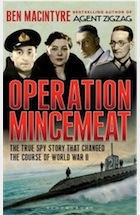

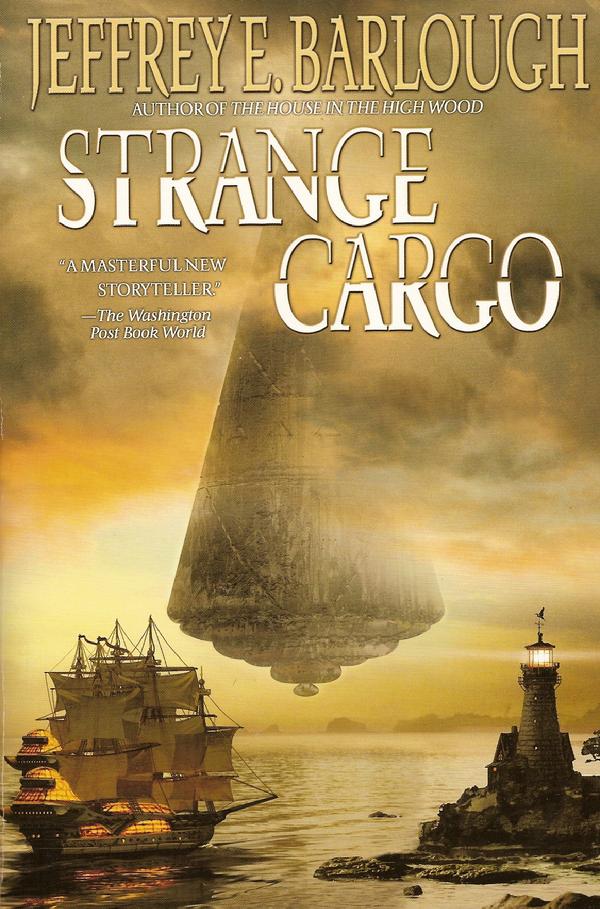
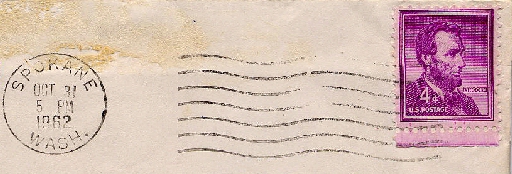 I wrote a story about it that speculated on its journey. When I read it to my Thursday critique group, the response was so positive that I polished it up and submitted it to a local senior newspaper:
I wrote a story about it that speculated on its journey. When I read it to my Thursday critique group, the response was so positive that I polished it up and submitted it to a local senior newspaper: 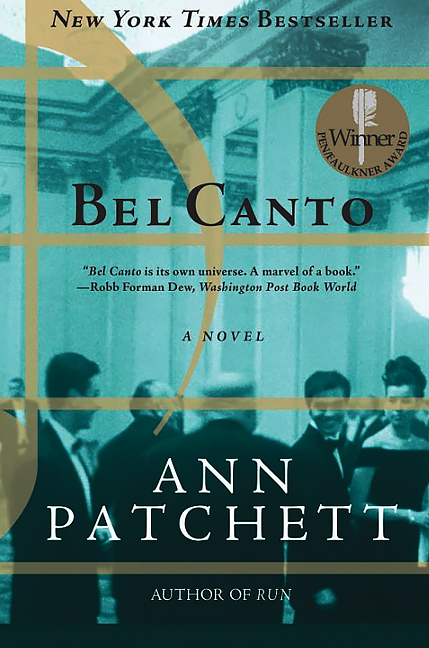
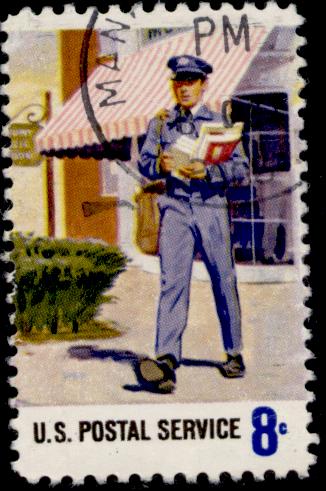





 My recent foray into short story writing has included an effort to construct eye-catching or offbeat descriptions of things. When I see that in other authors' work, the image they paint jumps right off the page and fully materializes in my mind.
My recent foray into short story writing has included an effort to construct eye-catching or offbeat descriptions of things. When I see that in other authors' work, the image they paint jumps right off the page and fully materializes in my mind.

